 The bad news is that the annual summer “hypoxic” or “dead zone” in the Gulf of Mexico this year may be larger than average. The good news is that it will be about 15% smaller than last year’s model prediction and roughly 20% smaller than the record “dead zone” in 2017. Nevertheless, at 6,700 square miles, this year’s “dead zone” is still larger than the State of Connecticut.
The bad news is that the annual summer “hypoxic” or “dead zone” in the Gulf of Mexico this year may be larger than average. The good news is that it will be about 15% smaller than last year’s model prediction and roughly 20% smaller than the record “dead zone” in 2017. Nevertheless, at 6,700 square miles, this year’s “dead zone” is still larger than the State of Connecticut.
The “dead zone” forms every year due to an algae bloom which deprives the Gulf waters of oxygen. The little or no oxygen in the water can kill fish and other marine life. NOAA explains that the algae bloom is caused “by excess nutrient pollution from human activities, such as urbanization and agriculture, occurring throughout the Mississippi River watershed. Once the excess nutrients reach the Gulf they stimulate an overgrowth of algae, which eventually die, then sink and decompose in the water. The resulting low oxygen levels near the bottom are insufficient to support most marine life and have long-term impacts to living marine resources that are unable to leave the area. Considered one of the world’s largest, the Gulf of Mexico dead zone occurs every summer.



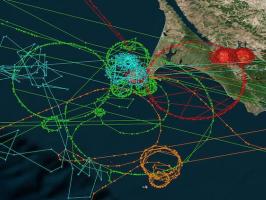
 As protests over the death of George Floyd and against racism and police brutality continue across the nation and parts of the globe, the leadership of U.S. Naval Forces Europe and Africa/U.S. Sixth Fleet has issued a letter titled “
As protests over the death of George Floyd and against racism and police brutality continue across the nation and parts of the globe, the leadership of U.S. Naval Forces Europe and Africa/U.S. Sixth Fleet has issued a letter titled “
 General Order 99
General Order 99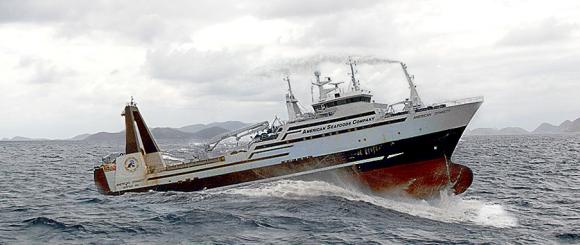
 On June 1, 1813, two hundred and seven years ago today, the British frigate
On June 1, 1813, two hundred and seven years ago today, the British frigate The
The 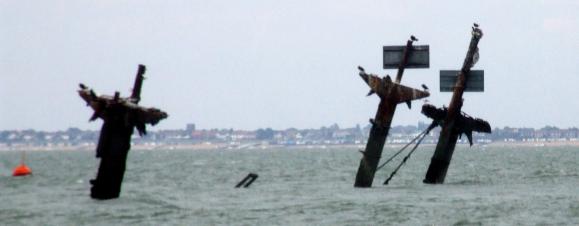 Three rusting masts rise from the Thames Estuary, off Sheppy Island, not far from Sheerness. They are the masts that once supported the swinging booms on the Liberty ship USS Richard Montgomery, which sank with a cargo of high explosive bombs and other munitions in 1944. The wreck still contains an estimated 1,400 tonnes of potentially highly volatile explosives. The remaining munitions are too dangerous to remove and also too dangerous to ignore.
Three rusting masts rise from the Thames Estuary, off Sheppy Island, not far from Sheerness. They are the masts that once supported the swinging booms on the Liberty ship USS Richard Montgomery, which sank with a cargo of high explosive bombs and other munitions in 1944. The wreck still contains an estimated 1,400 tonnes of potentially highly volatile explosives. The remaining munitions are too dangerous to remove and also too dangerous to ignore. 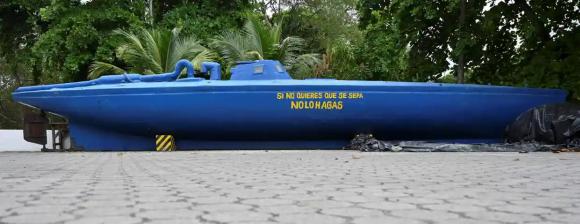
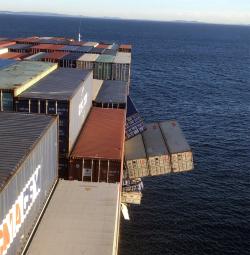
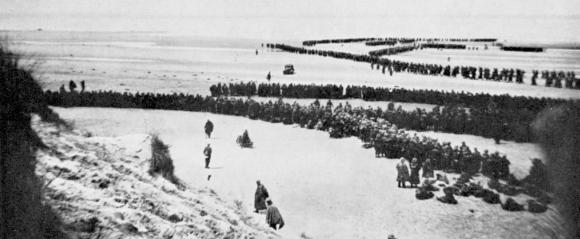 Eighty years ago today, on May 26, 1940,
Eighty years ago today, on May 26, 1940,  A major fire broke out on Saturday morning in a warehouse on Pier 45 on San Francisco’s Fisherman’s Wharf which came very close to the engulfing the historic World War II
A major fire broke out on Saturday morning in a warehouse on Pier 45 on San Francisco’s Fisherman’s Wharf which came very close to the engulfing the historic World War II